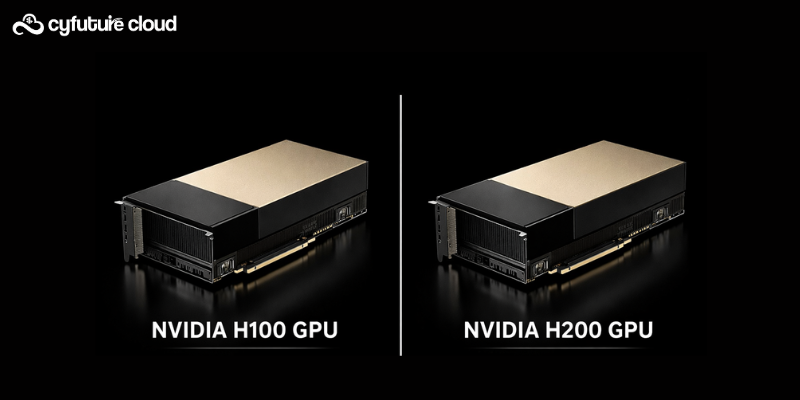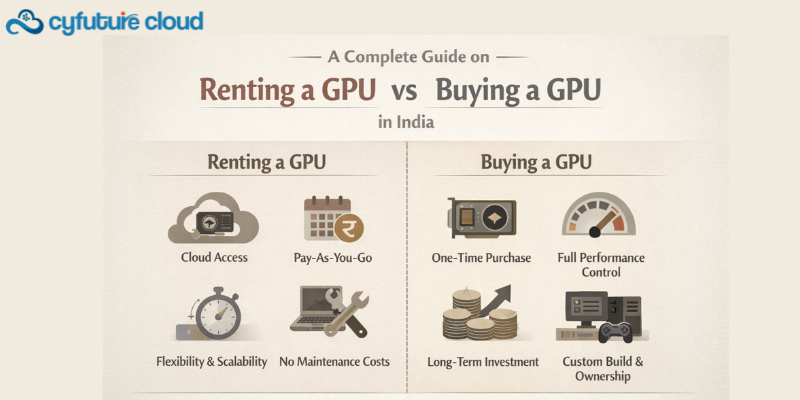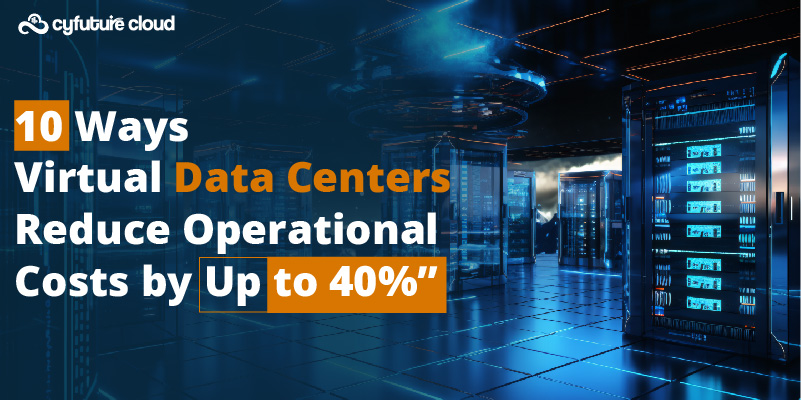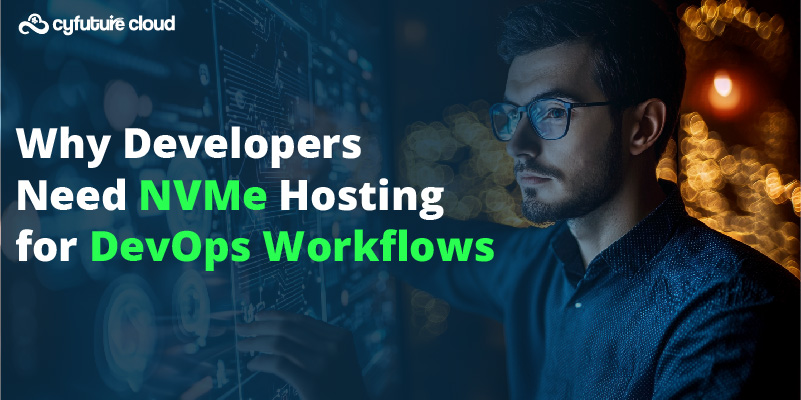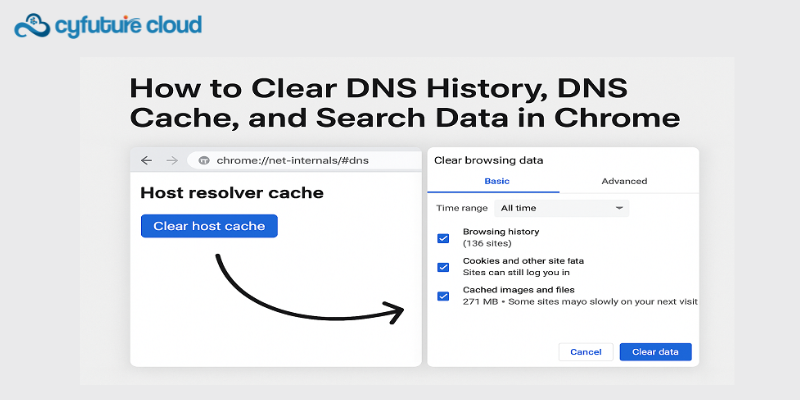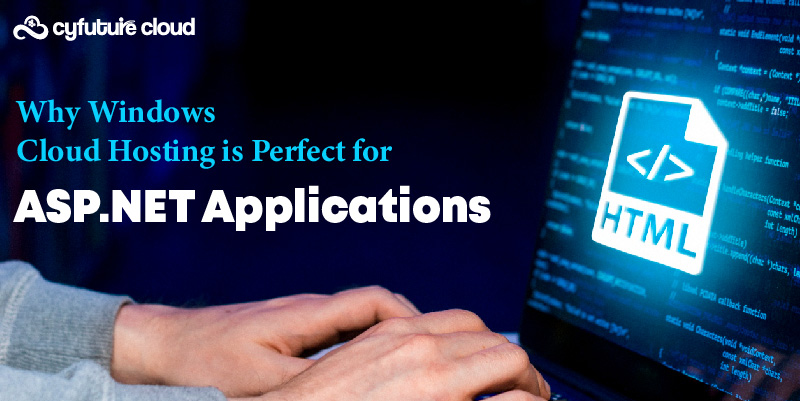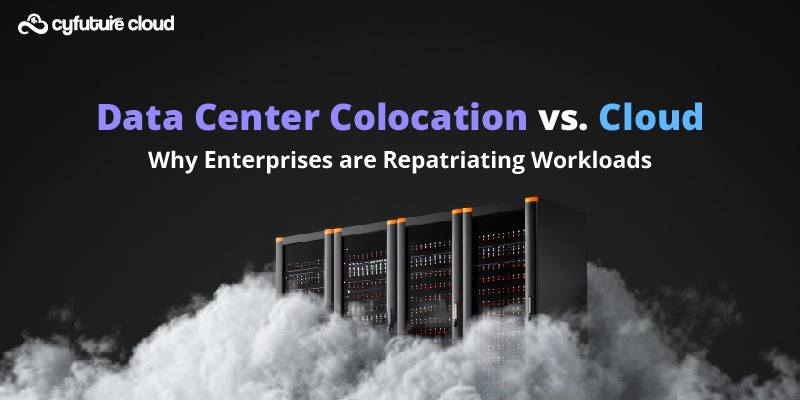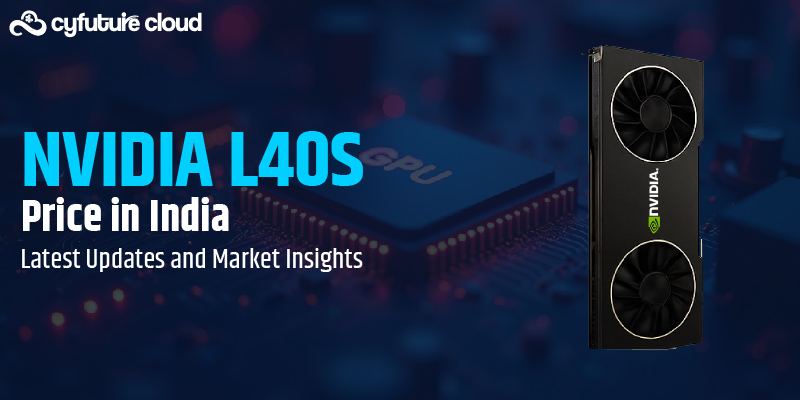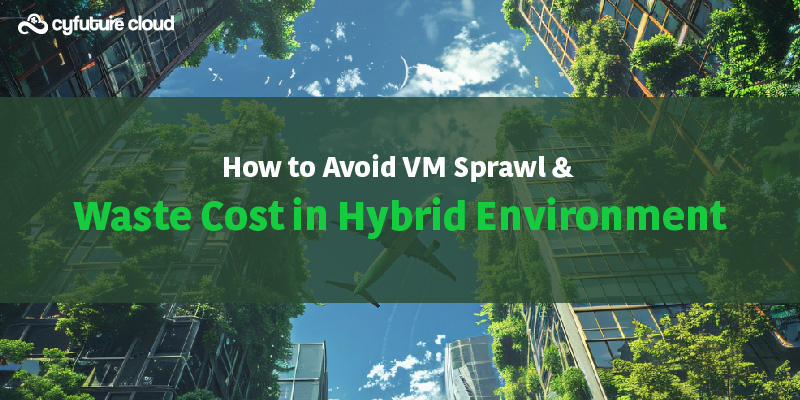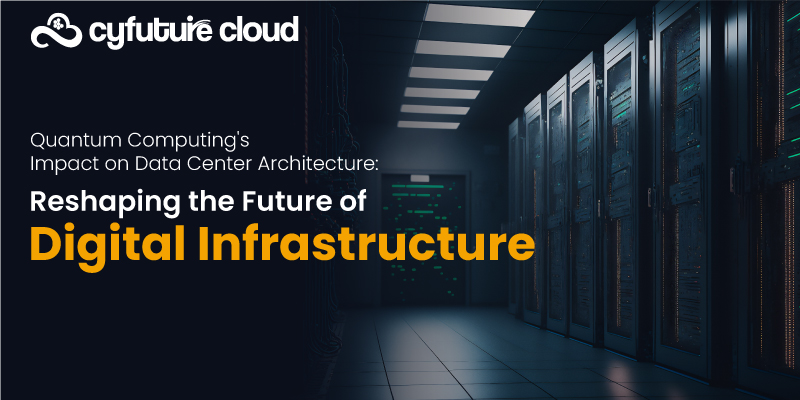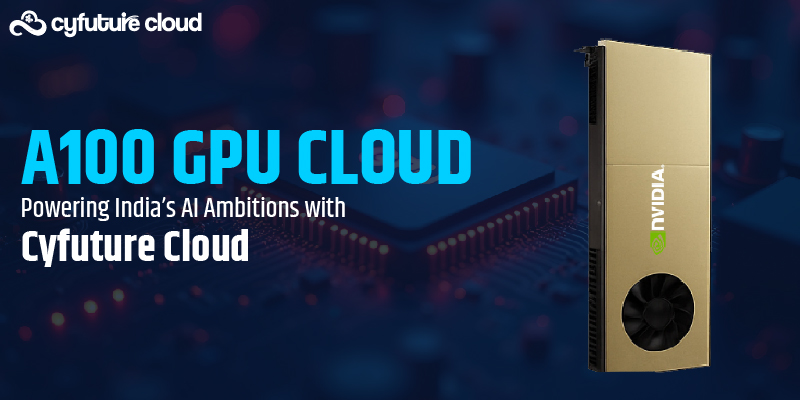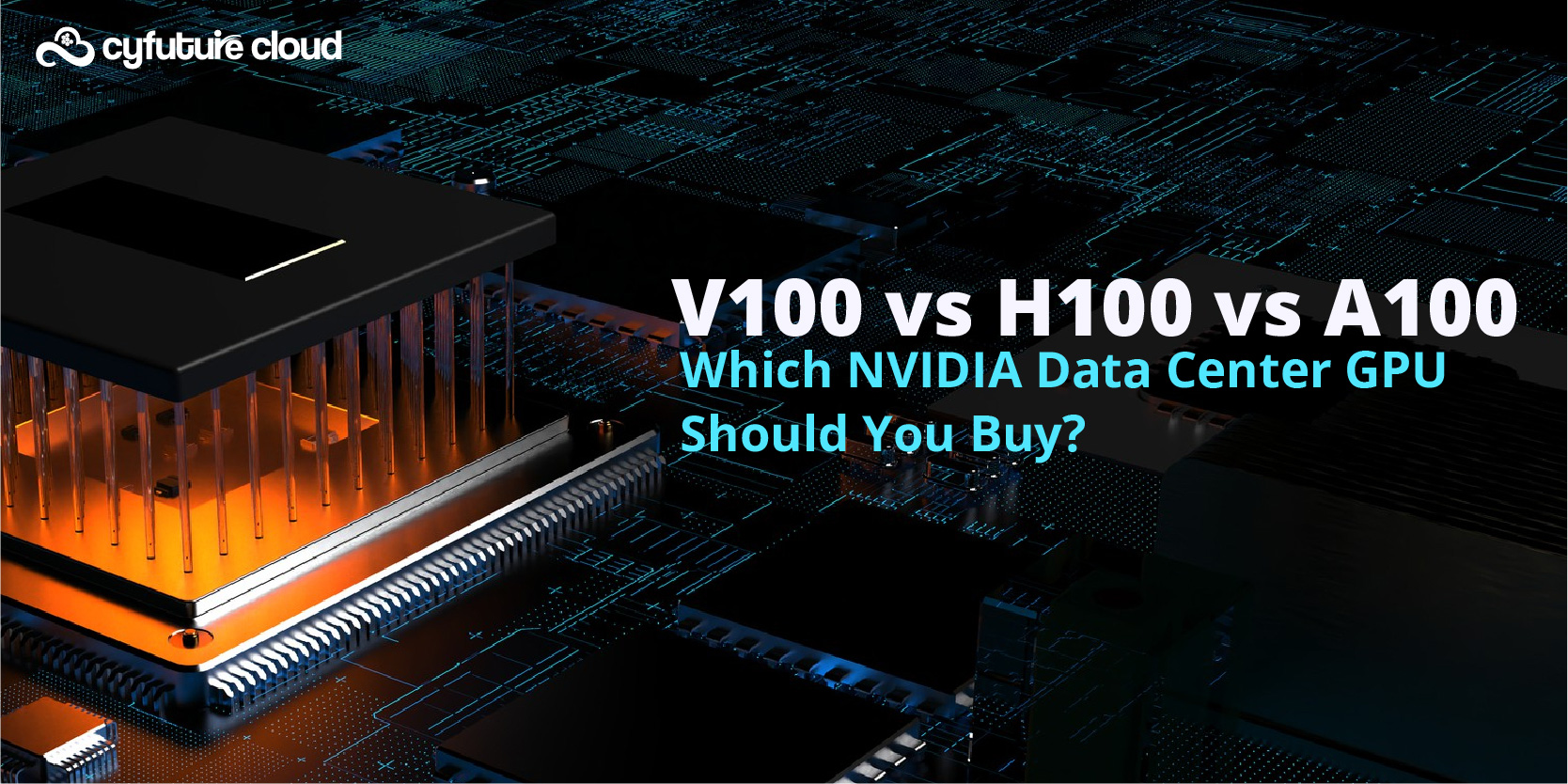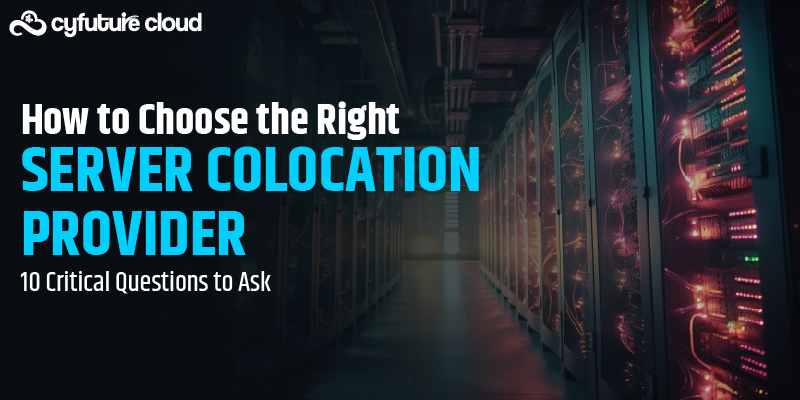Table of Contents
- Understanding GPU as a Service: The Cloud Computing Evolution
- The Market Dynamics: Numbers That Tell a Story
- Core Benefits: Why Enterprises Are Making the Switch
- How GPU as a Service Works: The Technical Foundation
- Use Cases Across Industries: Real-World Applications
- Technical Architecture: Building on GPUaaS
- Implementation Strategy: Your GPUaaS Migration Roadmap
- Comparing GPUaaS Providers: Key Decision Factors
- Challenges and Mitigation Strategies
- Future Outlook: The Next Generation of GPUaaS
- Conclusion: Your Strategic Imperative
In 1965, Gordon Moore predicted that computing power would double every two years. Fast-forward to 2025, and we’re witnessing a paradigm shift that Moore himself couldn’t have envisioned: the democratization of supercomputing through Graphics Processing Units as a Service (GPUaaS). What once required million-dollar investments in specialized hardware is now accessible on-demand, transforming how enterprises approach artificial intelligence, machine learning, and high-performance computing.
Consider this staggering transformation: The global GPU as a service market size is estimated to hit around USD 31.89 billion by 2034 increasing from USD 4.03 billion in 2024, with a CAGR of 22.98%. This explosive growth isn’t just about numbers—it represents a fundamental shift in how organizations access and consume computational power. From startups building their first AI models to Fortune 500 companies scaling massive deep learning operations, GPU as a Service is rewriting the rules of enterprise computing.
Understanding GPU as a Service: The Cloud Computing Evolution
What is GPU as a Service?
GPU as a Service (GPUaaS) represents the natural evolution of cloud computing, extending the Infrastructure-as-a-Service (IaaS) model to include specialized graphics processing units. Unlike traditional computing where organizations must invest in expensive GPU hardware, GPUaaS delivers high-performance computing capabilities through cloud-based virtual instances that can be provisioned, scaled, and terminated on-demand.
At its core, GPUaaS transforms graphics processing units from capital expenditures into operational expenses, enabling organizations to access NVIDIA Tesla V100s, A100s, H100s, and other enterprise-grade hardware without the traditional barriers of procurement, deployment, and maintenance.
The Technical Architecture Behind GPUaaS
Modern GPUaaS platforms leverage sophisticated virtualization technologies to deliver native GPU performance in cloud environments:
GPU Virtualization: Advanced hypervisors like NVIDIA GRID and AMD MxGPU enable multiple virtual machines to share physical GPU resources while maintaining performance isolation.
Container Orchestration: Kubernetes-based platforms with NVIDIA Device Plugin support provide fine-grained resource allocation and scheduling for containerized workloads.
Network Optimization: High-bandwidth, low-latency networking ensures that data transfer doesn’t become a bottleneck in GPU-accelerated workflows.
Storage Integration: NVMe SSDs and parallel file systems optimize data ingestion for GPU-intensive operations.
The Market Dynamics: Numbers That Tell a Story
Explosive Growth Trajectory
The numbers paint a compelling picture of market transformation. The global GPU as a service market size was valued at $3.23 billion in 2023 & is projected to grow from $4.31 billion in 2024 to $49.84 billion by 2032, representing one of the fastest-growing segments in cloud computing.
This growth is driven by multiple converging factors:
AI Democratization: The global gpu cloud computing market size is forecasted to reach USD 47.24 billion by 2033 from USD 3.17 billion in 2024, growing at a steady CAGR of 35%, reflecting the urgent need for AI-capable infrastructure across industries.
Regional Adoption Patterns: The North America region dominated the global market with a revenue share of 32.0% in 2024, while Asia Pacific is projected to register the highest CAGR of 31.16% from 2024-2032, indicating rapid digital transformation in emerging markets.
Enterprise Acceleration: The U.S. GPU as a Service market size was USD 0.87 billion in 2023 and is expected to reach USD 8.70 billion by 2032, growing at a CAGR of 29.13%, showcasing the enterprise adoption velocity.
Core Benefits: Why Enterprises Are Making the Switch
Capital Expenditure Elimination
Traditional GPU infrastructure requires substantial upfront investments. A single NVIDIA H100 server can cost $300,000-$500,000, with additional expenses for cooling, power infrastructure, and facility modifications. GPUaaS transforms these capital expenses into predictable operational costs, freeing up capital for core business initiatives.
Financial Impact: Organizations typically see 60-80% reduction in initial infrastructure investment, with improved cash flow and faster time-to-value for AI initiatives.
Infinite Scalability on Demand
Unlike physical infrastructure constrained by procurement cycles and capacity planning, GPUaaS provides elastic scaling capabilities:
- Horizontal Scaling: Instantly provision hundreds of GPU instances for distributed training
- Vertical Scaling: Upgrade from entry-level to enterprise-grade GPUs within minutes
- Geographic Distribution: Deploy compute resources closer to data sources and end-users globally
Operational Excellence Through Managed Services
GPUaaS providers handle the complexities of GPU infrastructure management:
Hardware Maintenance: Zero downtime for hardware failures, automatic replacement and repair Driver Updates: Seamless GPU driver and CUDA toolkit updates without service interruption Cooling and Power: Optimized data center environments eliminate thermal management concerns Security Compliance: Enterprise-grade security controls and compliance certifications
Access to Latest Technology
Hardware refresh cycles in traditional environments often span 3-5 years. GPUaaS platforms continuously upgrade their hardware inventory, providing access to cutting-edge GPUs like NVIDIA H200 and upcoming Blackwell architecture without migration complexity.
How GPU as a Service Works: The Technical Foundation
Resource Provisioning and Allocation
Modern GPUaaS platforms implement sophisticated resource management:
Multi-Tenant Architecture: Secure isolation between customer workloads using hardware-assisted virtualization Resource Pools: Dynamic allocation from heterogeneous GPU pools based on workload requirements Quality of Service (QoS): Guaranteed compute performance with SLA-backed resource reservations
Workload Optimization and Scheduling
Advanced scheduling algorithms optimize resource utilization:
Predictive Scaling: Machine learning-driven capacity planning based on historical usage patterns Spot Instance Integration: Cost optimization through unused capacity markets Multi-Zone Deployment: Automatic failover and load balancing across availability zones
Data Pipeline Integration
Seamless integration with existing data infrastructure:
Object Storage Connectivity: Native integration with S3, Azure Blob, and Google Cloud Storage Database Acceleration: GPU-accelerated analytics for PostgreSQL, MongoDB, and data warehouses ETL Pipeline Support: Integrated data preprocessing and feature engineering capabilities
Development and Deployment Workflows
End-to-end development lifecycle support:
Jupyter Notebook Environments: Pre-configured development environments with popular ML frameworks Container Registry Integration: Seamless deployment of custom Docker containers CI/CD Pipeline Support: Automated model training, testing, and deployment workflows
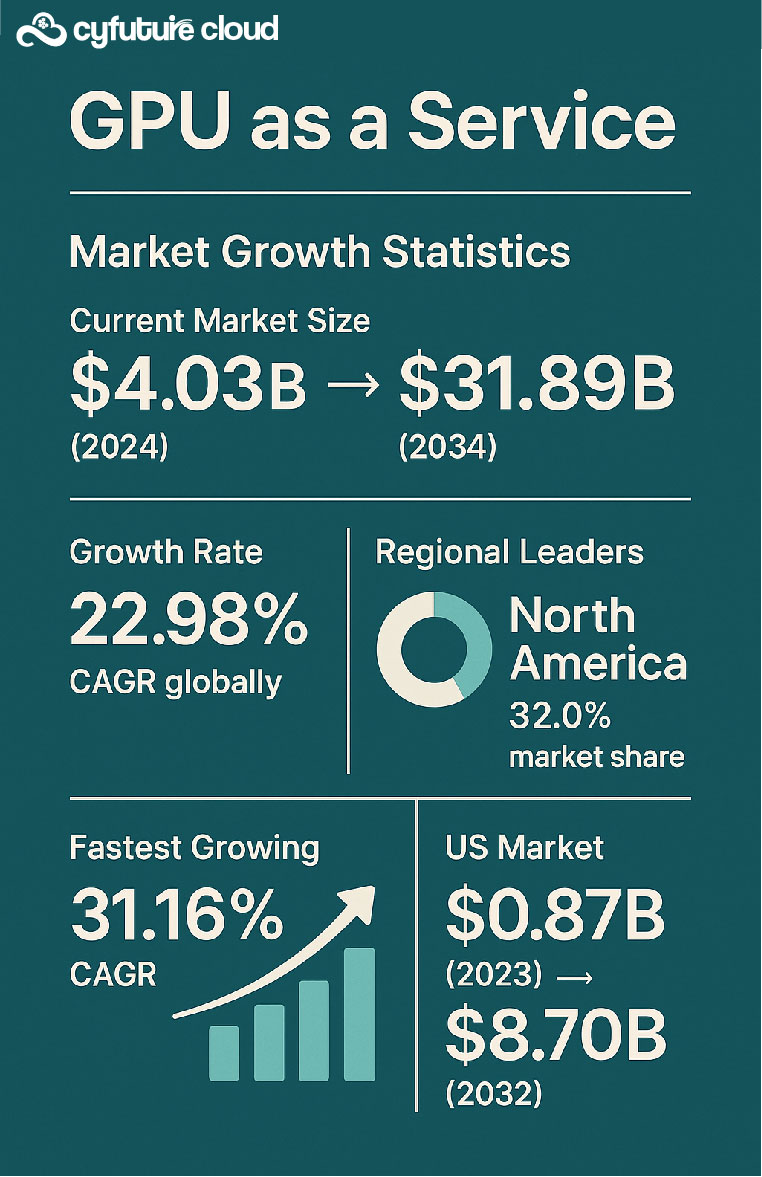
Use Cases Across Industries: Real-World Applications
Financial Services: Risk Analytics and Fraud Detection
Challenge: A global investment bank needed to process 100TB of market data daily for risk calculations, requiring completion within 4-hour regulatory windows.
Solution: GPUaaS deployment with 200 NVIDIA A100 instances during peak processing windows, scaling to zero during off-hours.
Results:
- 15x performance improvement over CPU-based processing
- 70% cost reduction compared to on-premises GPU clusters
- Regulatory compliance maintained with sub-2-hour processing times
Healthcare: Medical Imaging and Drug Discovery
Genomics Research: A pharmaceutical company accelerated drug discovery by deploying 500 GPU instances for protein folding simulations, reducing research timelines from months to weeks.
Medical Imaging: Radiology departments process MRI and CT scans 10x faster using GPU-accelerated image reconstruction, improving patient outcomes through faster diagnosis.
Media and Entertainment: Content Creation and Rendering
Visual Effects Studios: Major film studios utilize on-demand GPU clusters for rendering, scaling from 50 to 5,000 instances during production peaks while maintaining cost efficiency.
Gaming Industry: Game developers leverage GPUaaS for real-time ray tracing development and large-scale multiplayer testing environments.
Manufacturing: Digital Twins and Quality Control
Automotive Industry: Major manufacturers deploy GPUaaS for autonomous vehicle simulation, processing petabytes of sensor data to train and validate self-driving algorithms.
Quality Assurance: Computer vision models running on GPUaaS detect manufacturing defects with 99.9% accuracy, reducing waste and improving product quality.
Technical Architecture: Building on GPUaaS
Development Environment Setup
Framework Support: Pre-installed environments support TensorFlow, PyTorch, Rapids, and specialized libraries like cuDNN and TensorRT.
IDE Integration: Cloud-based development environments with GPU acceleration for Jupyter, VSCode, and specialized ML IDEs.
Version Management: Automated environment versioning and rollback capabilities for reproducible research and development.
Data Management and Processing
High-Performance Storage: NVMe-backed persistent storage with up to 1M IOPS for data-intensive workloads.
Memory Optimization: GPU memory pooling and intelligent caching reduce data transfer overhead.
Distributed Processing: Apache Spark and Dask integration for distributed GPU computing across multiple nodes.
Model Training and Inference
Distributed Training: Automatic model parallelization across multiple GPUs using Horovod, DeepSpeed, and FairScale.
Inference Optimization: TensorRT and ONNX Runtime integration for production inference acceleration.
A/B Testing Infrastructure: Built-in experimentation frameworks for model comparison and validation.
Monitoring and Observability
Resource Utilization: Real-time GPU utilization, memory consumption, and thermal monitoring.
Cost Analytics: Granular cost tracking per project, team, and workload with predictive spend analysis.
Performance Profiling: NVIDIA Nsight and custom profiling tools for optimization insights.
Implementation Strategy: Your GPUaaS Migration Roadmap
Phase 1: Assessment and Planning (Weeks 1-4)
Current State Analysis:
- Inventory existing GPU infrastructure and utilization patterns
- Identify workloads suitable for cloud migration
- Establish baseline performance and cost metrics
Requirements Gathering:
- Define performance SLAs and compliance requirements
- Assess data sovereignty and security constraints
- Determine integration points with existing systems
Phase 2: Pilot Implementation (Weeks 5-12)
Proof of Concept Development:
- Deploy non-critical workloads to validate performance
- Implement monitoring and cost tracking systems
- Train development teams on cloud-native GPU workflows
Performance Validation:
- Conduct side-by-side performance comparisons
- Optimize configurations for cost and performance balance
- Validate disaster recovery and business continuity procedures
Phase 3: Production Migration (Weeks 13-24)
Gradual Workload Migration:
- Implement blue-green deployment strategies
- Migrate critical workloads with zero-downtime approaches
- Establish operational runbooks and incident response procedures
Scale Optimization:
- Implement auto-scaling policies and cost controls
- Deploy multi-region redundancy for high availability
- Optimize data pipelines for cloud-native architectures
Phase 4: Advanced Optimization (Weeks 25-36)
Advanced Features Implementation:
- Deploy edge computing capabilities for latency-sensitive workloads
- Implement advanced cost optimization strategies including spot instances
- Integrate with MLOps platforms for end-to-end automation
Innovation Enablement:
- Explore emerging GPU architectures and specialized accelerators
- Implement advanced AI/ML methodologies enabled by elastic compute
- Develop internal best practices and center of excellence
Comparing GPUaaS Providers: Key Decision Factors
Performance Metrics
GPU Portfolio: Availability of latest NVIDIA A100, H100, and specialized architectures like Grace Hopper Network Performance: InfiniBand and high-speed ethernet options for distributed workloads Storage Performance: NVMe SSD availability and parallel file system integration
Cost Optimization Features
Pricing Models: On-demand, reserved, and spot instance pricing options Billing Granularity: Per-second billing vs. hourly minimums Cost Management: Built-in budget controls, alerts, and optimization recommendations
Enterprise Features
Security and Compliance: SOC2, ISO27001, HIPAA, and industry-specific certifications Support Levels: 24/7 technical support with GPU-specific expertise SLA Guarantees: Uptime commitments and performance guarantees
Challenges and Mitigation Strategies
Network Latency and Bandwidth
Challenge: GPU workloads often require high-bandwidth data transfer, which can become a bottleneck in cloud environments.
Mitigation Strategies:
- Implement data locality optimization to co-locate compute and storage
- Utilize high-speed network connections like AWS Direct Connect or Azure ExpressRoute
- Deploy edge computing nodes for latency-sensitive applications
Cost Management and Optimization
Challenge: GPU resources are expensive, and uncontrolled usage can lead to budget overruns.
Mitigation Strategies:
- Implement automated shutdown policies for idle instances
- Utilize spot instances for fault-tolerant workloads (up to 90% cost savings)
- Deploy cost monitoring and alerting systems with budget controls
Data Security and Compliance
Challenge: Sensitive data processing in cloud environments raises security and regulatory concerns.
Mitigation Strategies:
- Implement end-to-end encryption for data in transit and at rest
- Utilize private cloud deployments for highly sensitive workloads
- Establish comprehensive audit trails and access controls
Vendor Lock-in
Challenge: Deep integration with specific cloud providers can create migration complexity.
Mitigation Strategies:
- Adopt containerization and Kubernetes for platform portability
- Utilize open-source frameworks and avoid proprietary APIs
- Develop multi-cloud strategies for critical workloads
Future Outlook: The Next Generation of GPUaaS
Emerging Technologies
Quantum-Classical Hybrid Computing: Integration of quantum processing units (QPUs) with GPU clusters for specialized optimization problems.
Neuromorphic Computing: Brain-inspired processors for ultra-low-power AI inference applications.
Photonic Computing: Light-based processors offering unprecedented speed for specific mathematical operations.
Industry Evolution
Edge-Cloud Continuum: Seamless orchestration between edge devices and cloud GPU resources for real-time AI applications.
Specialized Accelerators: Domain-specific processors for computer vision, natural language processing, and scientific computing.
Green Computing Initiative: Focus on energy-efficient architectures and carbon-neutral cloud operations.
Market Predictions
Industry analysts predict several key developments:
- Mainstream Adoption: 75% of enterprise AI workloads will run on GPUaaS by 2027
- Cost Parity: GPU cloud computing will achieve cost parity with on-premises for most workloads by 2026
- Technology Democratization: Small and medium businesses will gain access to supercomputing capabilities previously reserved for large enterprises
Conclusion: Your Strategic Imperative
GPU as a Service represents more than a technological evolution—it’s a business transformation enabler that democratizes access to supercomputing power. Organizations that embrace GPUaaS gain competitive advantages through accelerated innovation, reduced time-to-market, and optimized cost structures.
The market momentum is undeniable: The global GPU as a service market size was estimated at USD 3.80 billion in 2024 and is projected to reach USD 12.26 billion by 2030, growing at a CAGR of 22.9%. This growth reflects not just technology adoption, but a fundamental shift in how enterprises approach high-performance computing.
For technology leaders, the question isn’t whether to adopt GPUaaS, but how quickly you can implement it strategically. Early adopters will establish competitive moats through faster innovation cycles, reduced infrastructure costs, and enhanced operational agility.

The future of enterprise computing is elastic, on-demand, and GPU-accelerated. Your organization’s competitive advantage depends on how effectively you harness this transformation.
Recent Post
Send this to a friend

 Server
Colocation
Server
Colocation CDN
Network
CDN
Network Linux
Cloud Hosting
Linux
Cloud Hosting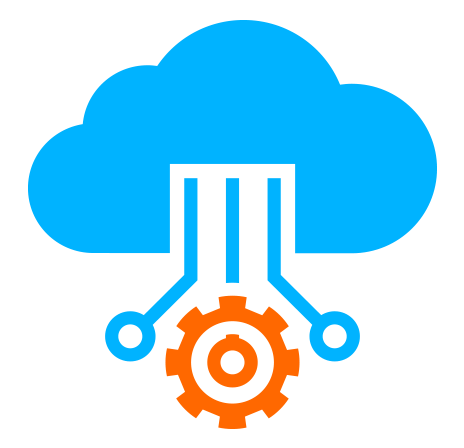 Kubernetes
Kubernetes Pricing
Calculator
Pricing
Calculator
 Power
Power
 Utilities
Utilities VMware
Private Cloud
VMware
Private Cloud VMware
on AWS
VMware
on AWS VMware
on Azure
VMware
on Azure Service
Level Agreement
Service
Level Agreement 